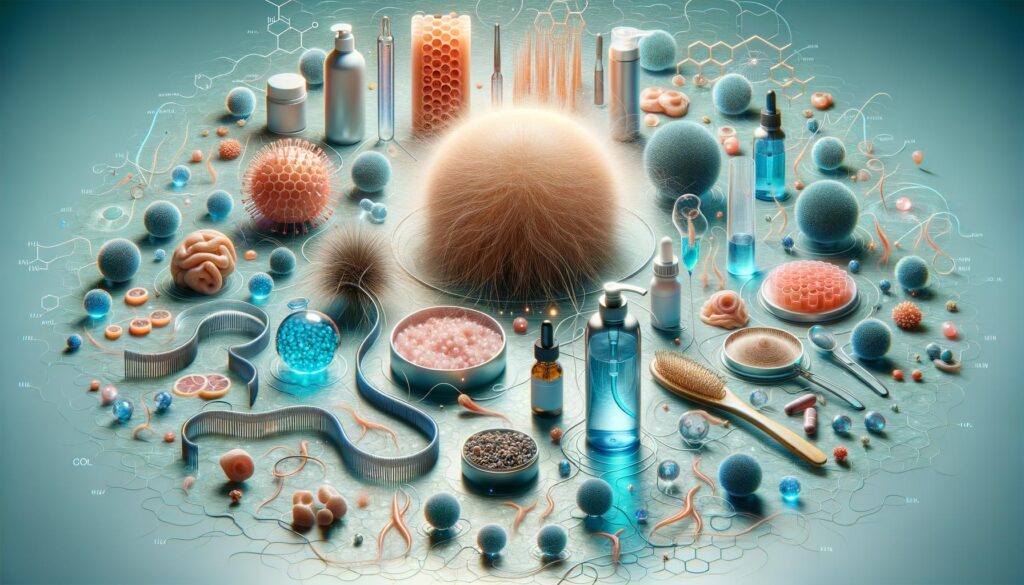Exploring Effective Approaches to Hair Loss Treatment

Understanding the Causes of Hair Loss
Hair loss, known medically as alopecia, can result from various factors. Understanding these underlying causes is crucial to choosing an effective treatment. Genetic predisposition is one of the most prevalent contributors, leading to conditions such as androgenetic alopecia. Hormonal changes, often associated with life events like pregnancy or menopause, can also play a significant role. Other factors, such as stress, poor nutrition, and certain medications, contribute to thinning hair. Recognizing the specific cause is vital in tailoring a treatment that is both effective and sustainable.
Top Non-Surgical Hair Loss Treatments
For those hesitant about surgical interventions, non-surgical treatments offer promising alternatives. Among these is topical minoxidil, a widely used over-the-counter solution known for promoting hair growth. Another popular option is finasteride, a prescription medication that helps reduce hair loss by blocking certain hormone activities. Additionally, platelet-rich plasma (PRP) therapy has gained attention, involving the injection of concentration platelets to stimulate hair follicles. These treatments are particularly valuable due to their non-invasive nature and lower risk compared to surgical methods.
- Minoxidil: Over-the-counter topical treatment.
- Finasteride: Prescription medication offering hormone regulation.
- PRP Therapy: Utilizes platelet-rich injections to promote growth.
Exploring Surgical Options for Hair Restoration
Surgical options stand as a potential choice for those seeking permanent hair restoration solutions. Hair transplantation is a well-regarded procedure where follicles from denser areas are transplanted to balding regions. Two common techniques implemented are Follicular Unit Transplantation (FUT) and Follicular Unit Extraction (FUE). Each offers distinct methods and recovery experiences. While surgery can provide lasting effects, it’s important to weigh the benefits against potential costs and recovery times to make an informed decision.
The Role of Lifestyle and Diet in Hair Health
A healthy lifestyle and balanced diet are foundational elements in managing hair health. Nutrients like biotin, zinc, and omega-3 fatty acids play crucial roles in maintaining hair strength and growth. Incorporating foods such as leafy greens, nuts, and fish can foster better hair health. Moreover, managing stress through techniques like yoga and meditation can reduce hair loss linked to anxiety and tension. By fostering a healthy lifestyle, you can support your treatment plan and encourage healthier hair.
Alternative and Holistic Treatment Approaches
Beyond conventional methods, many individuals explore alternative treatments to tackle hair loss. Essential oils, such as rosemary and peppermint, are often used in homemade or commercial hair products aimed at promoting scalp health. Acupuncture is another holistic approach with reported benefits in improving blood circulation to the scalp. While these methods might not have robust scientific backing like conventional options, they offer a complementary strategy for those interested in natural solutions. Being open to these alternatives can lead to a more comprehensive treatment plan.
Conclusion: Choosing the Right Path for Hair Loss
Addressing hair loss effectively involves understanding the underlying causes and exploring a variety of treatments to find the most suitable approach. Whether through traditional medicine, surgery, lifestyle adjustments, or alternative methods, each option offers pathways to restoring hair health. It’s essential for individuals to consider personal preferences, lifestyle, and health considerations when selecting treatments. By doing so, they can improve their chances of achieving a satisfying outcome in managing hair loss.
